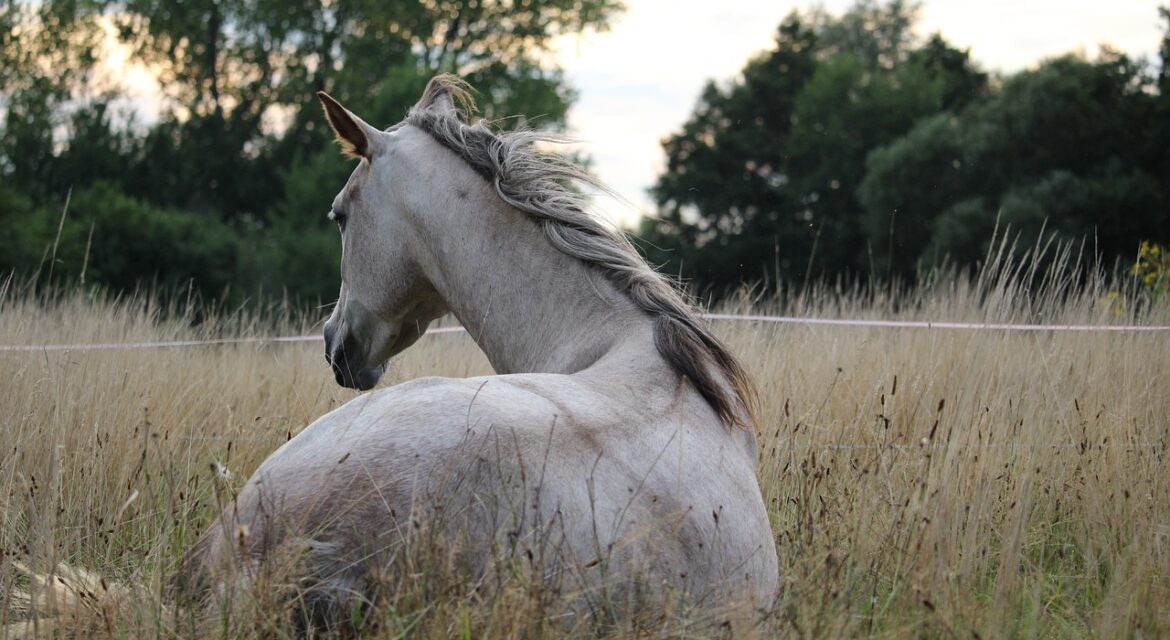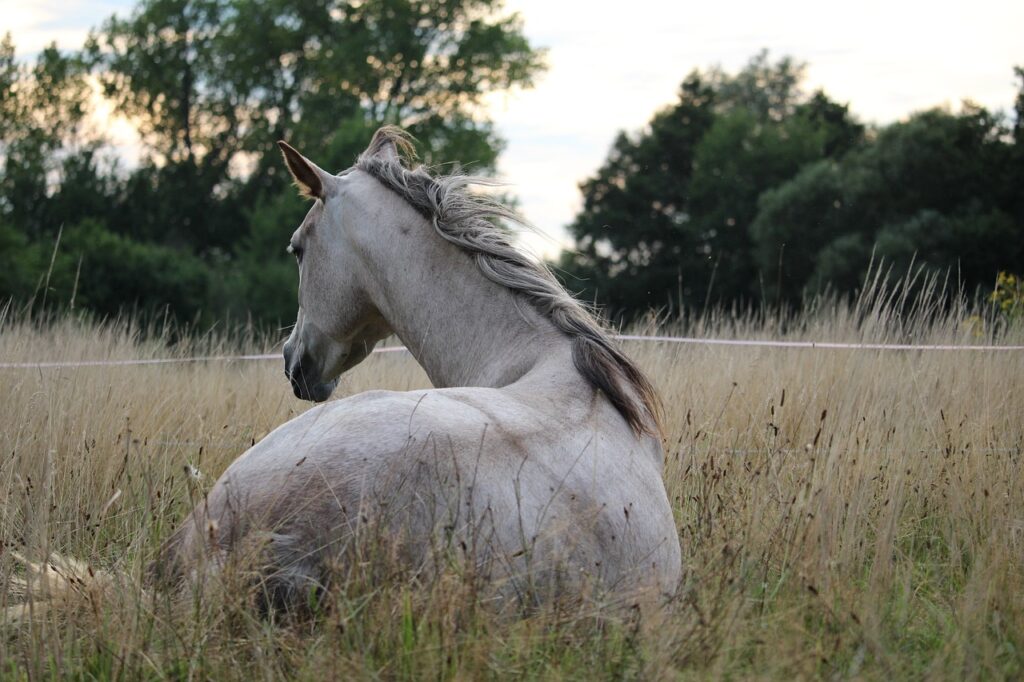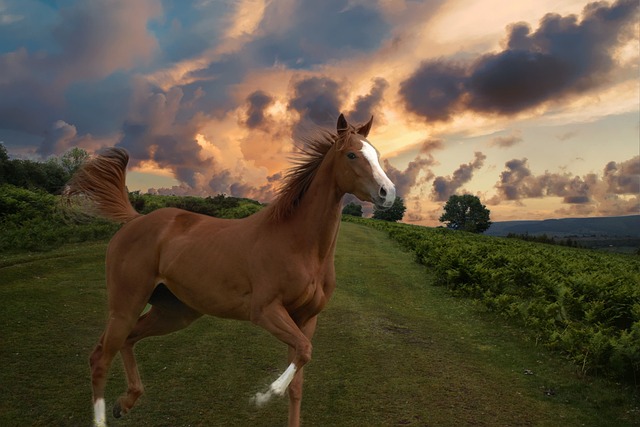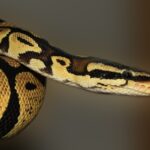 13 Apr
13 Apr7 Unique Beauty Behind Thoroughbred Horse Colors
Thoroughbred steeds are eminent for their elegance, speed, and class. Their athletic ability is coordinated as it were by their staggering coat colors, each contributing to their appeal and singularity. In this article, we dig into the captivating world of Pure breed horse colors, investigating their noteworthiness, assortment, and social associations.
Introduction to Thoroughbred Horses
Thoroughbreds, known for their dexterity and stamina, have been specifically bred for centuries to exceed expectations in horse hustling and other equestrian sports. Starting in Britain in the 17th century, these magnificent animals have gotten to be synonymous with speed and athleticism.

Centrality of Horse Colors
– Hereditary Premise of Coat Colors
The coat color of a Pureblood horse is decided by a combination of hereditary variables acquired from its guardians. Understanding these hereditary qualities makes a difference in breeders’ foreseeing and controlling coat colors in breeding programs.
– Authentic Importance
Throughout history, horse colors have held social centrality, symbolizing riches, control, and status. In numerous social orders, certain colors were saved for eminence or military pioneers, reflecting their social standing and authority.

Common Pure breed Coat Colors
Thoroughbreds display a wide run of coat colors, each with its possess a unique charm. A few of the foremost common colors include:
– Bay
Bay is one of the foremost predominant coat colors among Purebloods, characterized by a reddish-brown body with a dark focus on the legs, mane, and tail.
– Chestnut
Chestnut steeds have a wealthy, reddish-brown coat with an extend of shades, from light tawny to dim liver chestnut.
– Black
Black Purebloods are generally uncommon but possess a striking, strong dark coat without any other markings.
– Grey
Grey could be a common coat color caused by the slow misfortune of pigmentation over time, coming about in a coat that ranges from dim dark to about white.
– Roan
Roan steeds have a blend of colored and white hairs all through their coat, making a dotted or dappled appearance.
– Palomino
Palomino Pure breeds are prized for their brilliant coat and white mane and tail, making a striking contrast.
Uncommon Pureblood Coat Colors
While a few colors are more predominant, Pure blood can too show uncommon and special coat colors, including:
– Buckskin
Buckskin steeds have a golden-yellow or tan coat with a dark focus, taking after the color of deer hide.
– Dun
Dun steeds have a coat with a weakened base color and primitive markings such as a dorsal stripe and leg barring.
– Champagne
Champagne may be an uncommon coat color characterized by a metallic luster and lighter-colored focuses, regularly with pinkish skin.
– Perlino
Perlino steeds have a cream-colored coat with pink skin and blue eyes, coming about from a twofold weakening of the cream gene.

Components Impacting Coat Color
– Genetics
The legacy of coat color in Pure breeds takes after complex hereditary designs, affected by different qualities and alleles.
– Environment
External variables such as daylight, nourishment, and prepping hones can moreover influence the appearance of a horse’s coat over time.
Cultural and Typical Associations
– Conventional Beliefs
In numerous societies, particular horse colors are related to imagery and superstition, impacting convictions approximately good fortune, security, and otherworldly significance.
– Imagery of Different Cultures
Different societies property shifting implications to horse colors, with a few considering certain colors promising whereas others relate them with negative omens.
The Part of Coat Color in Dashing and Breeding
– Inclination in the Dashing Industry
While coat color does not straightforwardly affect a horse’s hustling capacity, certain colors may be favored by proprietors and coaches for showcasing and branding purposes.
– Impact on Breeding Practices
In breeding programs, coat color can be an alluring characteristic for both stylish and down-to-earth reasons, driving breeders to choose particular colors in their breeding stock.

Conclusion
The excellence of Pure breed horse colors lies not as it were in their aesthetic request but moreover in their social centrality and hereditary differing qualities. From the magnificent cove to the uncommon perlino, each coat color includes the wealthy embroidered artwork of equine legacy and tradition.
Unique FAQs
- Do coat colors influence a horse’s temperament or personality?
While there’s no logical proof connecting coat color to personality, a few horse proprietors accept that certain colors may display particular traits.
- Are there any superstitions encompassing horse colors?
Yes, numerous societies have superstitions concerning horse colors, with a few considering certain colors as fortunate or unlucky.
- Can a horse’s coat color alter over time?
Yes, a horse’s coat color can alter due to variables such as age, health, and natural conditions.
- Do coat colors impact horse breeding decisions?
Coat color can play a part in breeding choices, as a few breeders may lean toward certain colors for tasteful or promoting reasons.
- Are there any well-being suggestions related to particular coat colors?
While coat color itself does not specifically affect a horse’s well-being, certain color designs may be related to hereditary conditions or characteristics.
for more information :




